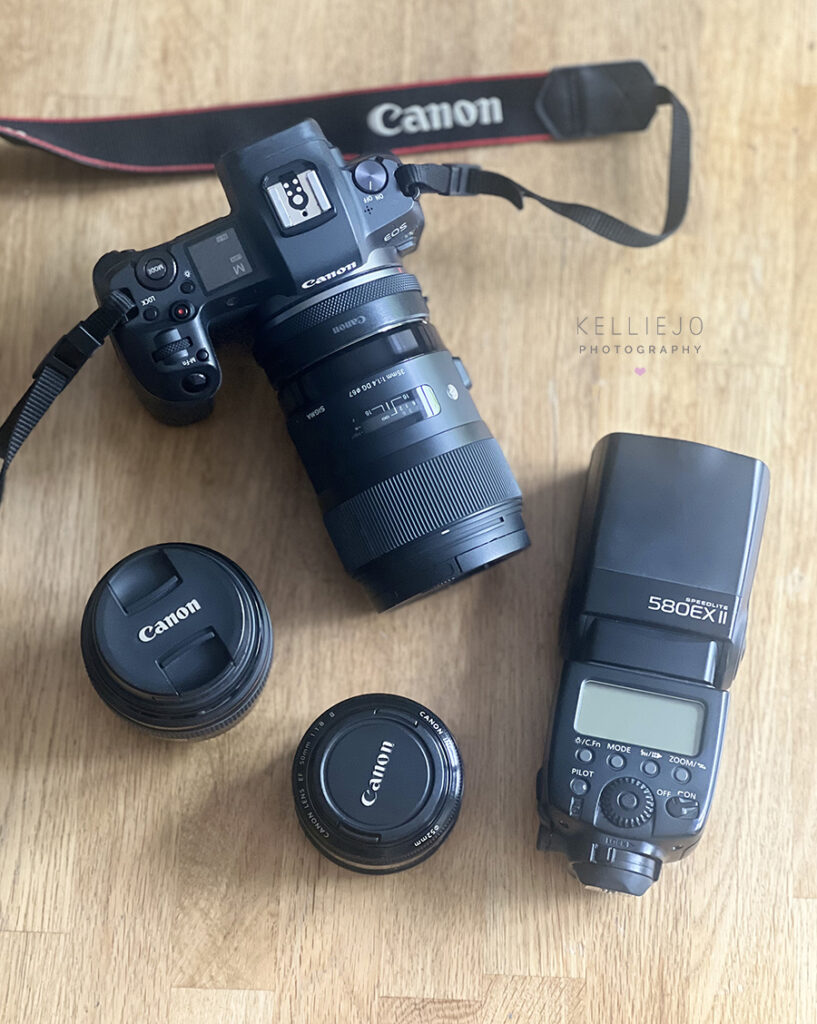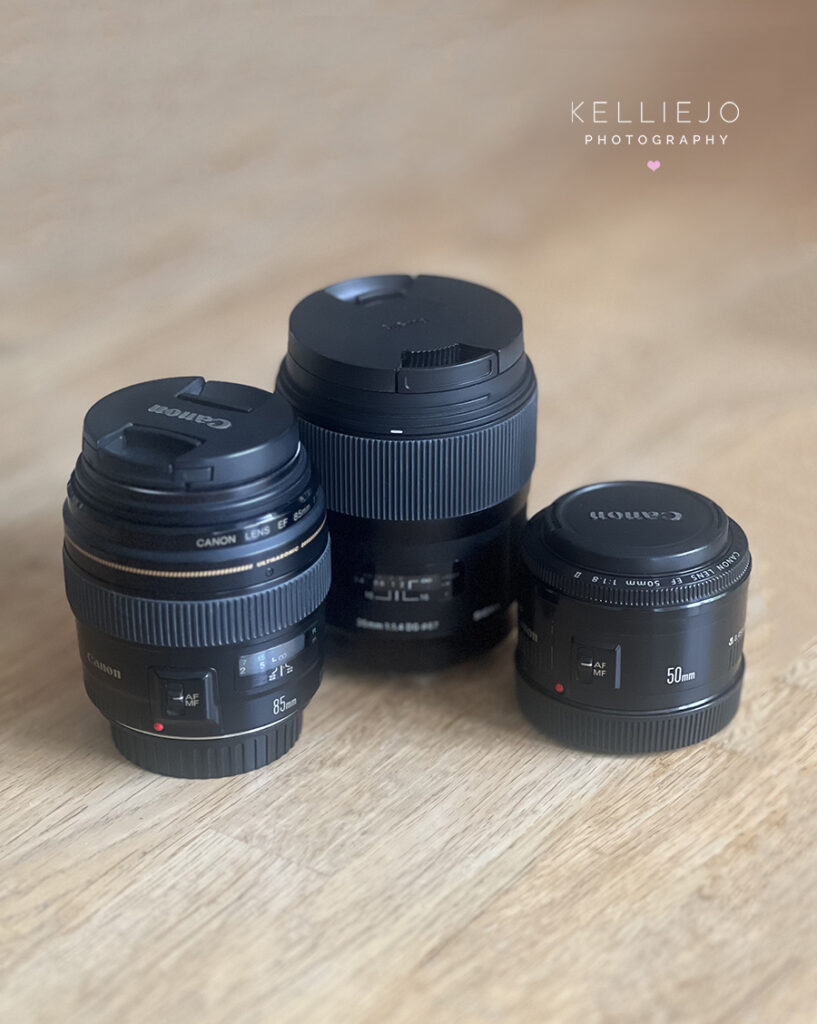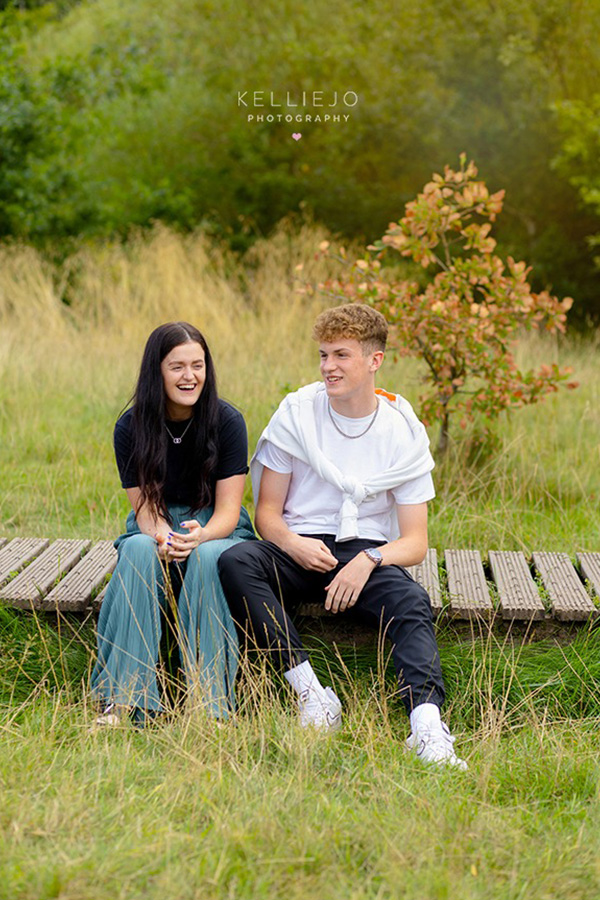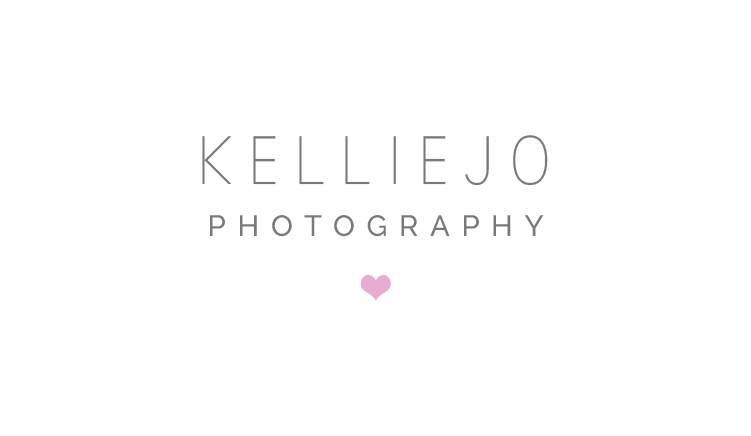What’s In My Camera Bag: Tools of the Trade for a Lifestyle Photographer
If you have ever wondered what’s in a lifestyle photographer’s bag, you are in the right place. Whether I’m capturing the soft connection of a little one or helping a business owner shine in their brand shoot, my camera bag is my mobile toolkit. Over the years, I’ve stripped things right back to what I really need so I can shoot freely, move comfortably and concentrate on connection without being dragging around every piece of equipment I own!
So, what exactly do I carry as a lifestyle photographer who captures both personal branding and family sessions? Let’s get into it.


My Go To Camera Body
Let’s start with the heart of it all. I shoot with a Canon eos R mirror less full frame camera that I trust to deliver consistently in all kinds of light. It’s lightweight and was a definite upgrade from my Canon 5d mark II which combined with the lenses was so heavy. This one has easy to use touch screen and is responsive, and handles skin tones beautifully. For me, reliability is everything. When I’m photographing wriggly toddlers or time strapped business owners, I need to know that my camera will keep up with me.
When shooting outdoor family photoshoot I will use natural light but when indoors on branding photoshoots I will use my Canon 580 EXII flash. Another staple in my kit. I used to use normal batteries but have switched to rechargeable ones saving myself a small fortune!! The outdoor family photograph below was shot with my 50mm and the baby at Bloom Baby Classes was shot with my 85mm.


The Lens I Use Most: 50mm
If I had to choose only one lens to take to a shoot, it would be my trusty 50mm (nifty fifty). This one hardly ever leaves my camera. It’s lightweight, versatile, and perfect for everyday scenes. The 50mm handles it all with and was the very first lens that I bought. When I first started out I used to hire lenses to try them out from Lenses For Hire a great friendly company based in Maidenhead and really helped me with great advice when I was first starting out.
The 50mm creates that dreamy shallow depth of field I love, while still keeping enough of the scene in view to tell a story. It’s quick to focus, flattering on faces, and small enough not to feel intimidating to the people in front of the lens.
This lens gives a natural perspective close to what the human eye sees, which helps keep things relaxed. People feel comfortable when it doesn’t look like I’m zooming in on every pore.
The One That Feels Like Magic: 85mm
When I want to create something with a little more intimacy or softness, the 85mm comes out to play. This lens gives portraits that little something special. It’s especially lovely during family shoots where I want to highlight someone’s expression without distraction.
The compression on this lens is sooooo beautiful. It’s perfect for creating those buttery backgrounds that draw attention to a person’s face and expression. If you’ve ever seen one of my portraits where the background melts into a wash of colour, chances are it was shot on an 85mm.
I tend to use this lens when I want to step back and give my subject a bit of space. That little bit of distance can help people relax, especially if they’re not used to being photographed. It’s perfect for quiet, reflective moments in branding sessions or intimate snuggles between family members.
My Wide Angled Workhorse: 35mm
Sometimes you just need a little more room. That’s where my 35mm lens comes in. I reach for this when I’m shooting in tighter spaces or when I want to tell more of the story in a single frame. It’s great for environmental portraits and for capturing the setting as well as the subject.
During family shoots, I use this lens to photograph everyone together, the 35mm allows me to capture the full scene without losing the warmth and closeness.
It’s also a staple for branding sessions. If someone’s workspace or creative process is a key part of their story, I’ll use the 35mm to show that. It’s wide, but not too wide, so it doesn’t distort faces or make people look stretched at the edges. That balance makes it brilliant for storytelling.
Other Bits in My Bag
While my three lenses do most of the heavy lifting, there are a few other things I always carry with me:
Spare batteries and memory cards
There’s nothing worse than your battery dying mid shoot or your memory card running out of space. I always carry a few extras, fully charged and ready to go.
Microfibre cloths and lens wipes
Smudges and dust are inevitable, especially when working with little ones or shooting outdoors. A quick clean will make all the difference.
My iPhone
Sometimes I’ll show clients a pose or idea on my phone to help guide them.
Keeping It Simple
One of the biggest lessons I’ve learned is that less is always more. There’s no need to carry every bit of kit you own. In fact, the more kit you have, the more it can get in the way of the real work. I want to be present with my clients. I want to move easily, chat, laugh and follow the moment wherever it goes. My kit needs to support that, not distract from it.
My lenses give me options, but they also suit the way I shoot. I like to work quickly and intuitively. If a toddler suddenly bursts out laughing or a business owner flashes a genuine smile while adjusting their glasses, I want to catch it there and then. Just me, my camera my go to lenses and the connection in front of me. Every photographer finds their own rhythm when it comes to what’s in the bag. For me, it’s all about flexibility, trust in my gear and keeping things light. Whether I’m chasing golden hour with a family or helping someone show up powerfully for their brand, my kit gives me the freedom to create images that feel real, relaxed and full of life.
If you’re starting out and wondering what gear to invest in, my advice is to keep it simple. Choose tools that help you stay in the moment. Learn how each lens sees the world. And above all, trust your eye. because in the end, it’s not the equipment that makes the image. It’s how you use it. Just like you can have the most expensive cooker but that doesn’t make you the a good cook.
